An Anaesthetics Expert Debunks 9 Common Numbing Cream Myths
An Anaesthetics Expert Debunks 9 Common Numbing Cream Myths
When booking a tattoo appointment, bikini wax or permanent makeup session, the main thoughts on your mind probably are the potential pain during the procedure and the final results. Topical anaesthetics, more commonly known as numbing creams, often play a significant role in both these elements of the inking or hair removal experience. However, there still are many common myths about how and why numbing creams work (if at all), the differences among the various options available and practices that lead to the best results.
Understanding the science behind their effectiveness and how to optimize their benefits can be a game-changer for anyone thinking about undergoing any tattoo, permanent makeup, hair removal or cosmetic injectable treatments.
The Zensa team spoke with Aly Lalani, our in-house topical anaesthetics expert, to learn more about this untapped realm of the tattooing universe. Read on to discover the truth behind 9 of the most common numbing cream myths.
Myth 1: Numbing creams don’t work.
“Topical anaesthetics have the same ingredients as the local anesthesia injected into patients during minor surgeries,” Lalani explained. However, topical versions are applied onto, rather than into, the skin. “Topical anaesthetics take longer to work, but chemically they are identical to injected anaesthetics used before minor surgeries,“ Lalani continued. “They are chemically identical to injected anaesthetics. However, numbing creams need to diffuse through the skin to get to the nerves in order to work, while injected anaesthetics are deposited right at the nerve sight.”
For the majority, numbing creams will effectively work if they absorb into the skin properly. Lalani advises that you first need to differentiate between not absorbing and not feeling the effects of lidocaine. Topical anaesthetic malabsorption is common when individuals do not follow proper application methods. To rule out this possibility, ensure you carefully follow directions when applying the topical anaesthetic.
To optimize absorption, make sure to clean and exfoliate the skin well beforehand. You can also try covering the cream with barrier film or Tegaderm and using a hot towel over the covering. Another method that can enhance absorption is to use a thicker layer of numbing cream and leave your topical anaesthetic on for longer to increase its efficacy after its application. Also, make sure to clean and exfoliate the skin well beforehand.
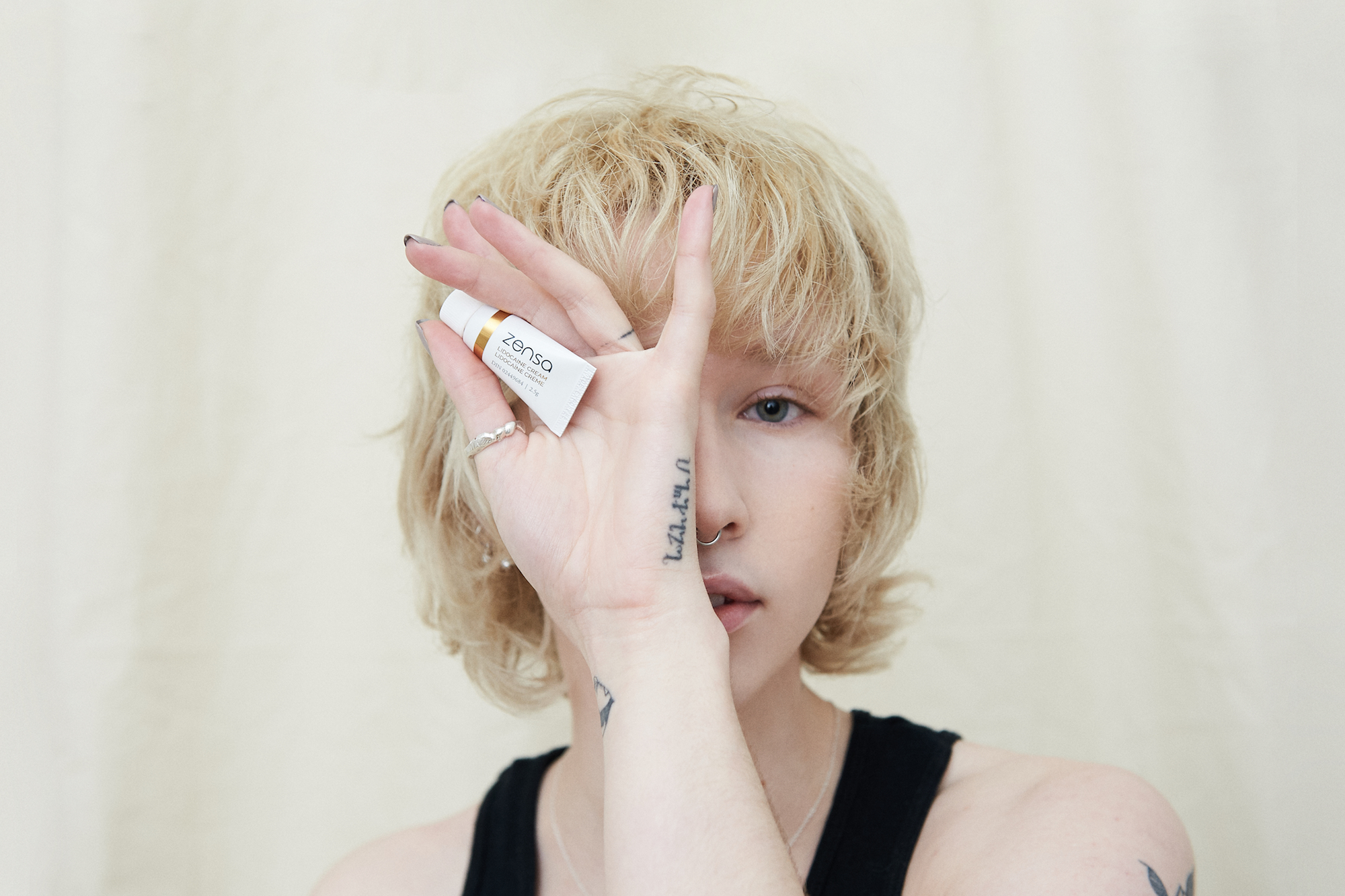
Remember, topical anaesthetics are metabolized through your bloodstream and your heart rate controls how quickly the product metabolizes. The more blood flow, the quicker the drug will dissipate. Therefore, it is best to avoid caffeine, alcohol and intense exercise right before your appointment. Even arriving at the studio feeling stressed can lessen the numbing cream’s effect.
There is a small percentage of individuals, though, who won’t feel any numbing effects from the lidocaine. Approximately 5-10% of people have a genetic mutation that significantly dulls or will not respond to topical anaesthetics. These individuals “just do not numb well and will have to seek out alternative therapies to deal with the pain, such as breathing or using ice.” It is important when trying out a topical anaesthetic to try it out on 3-4 different individuals to mitigate the genetic component of how well someone numbs and to be able to get a true sense of how well your topical anaesthetic works. In this case, the only thing you can maybe do is to change the caine type you’re using.
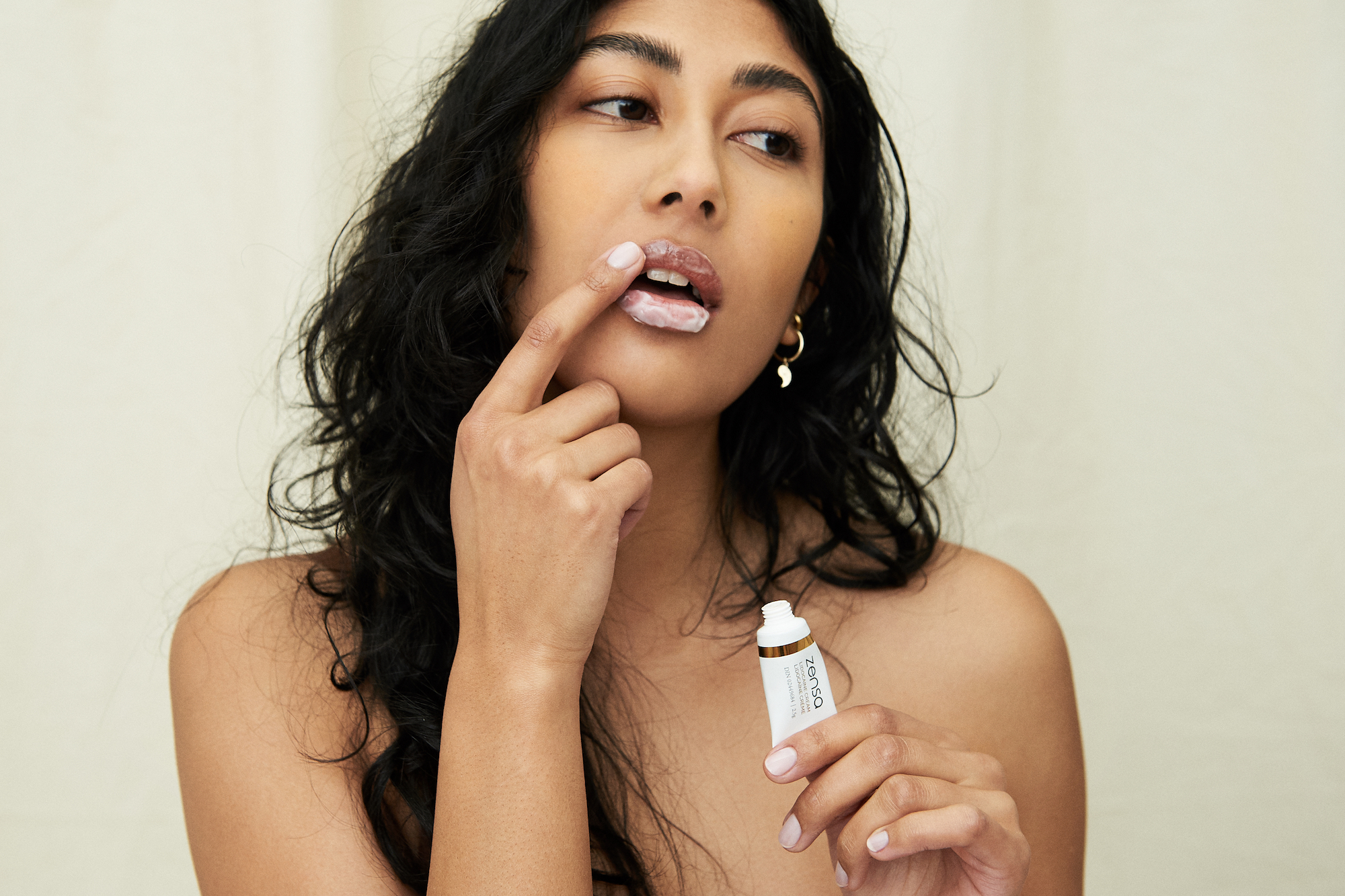
Myth 2: Higher caine concentration leads to better numbing results.
When selecting among several topical anaesthetics, remember that there can be too much of a good thing.
Think quality over quantity.
Higher caine percentages are likely to have adverse health effects, from adverse skin reactions (more common) to breathing problems (in more severe cases). Caines refer to varieties of medically-regulated cocaine that are the active ingredient present in the numbing cream. Some common caines used are lidocaine, tetracaine, prilocaine, etc.
According to Lalani, one of the biggest prevailing myths with topical anaesthetics is the belief that products with higher caine percentage equate to more effective results. “Professionals often erroneously believe that if their topical anaesthetic uses varying different caines and higher percentages of the caines that this will be a better topical anaesthetic,“ he said. “What professionals may fail to understand is the science of absorption through the skin: if you have huge percentages of an active ingredient in your formulation, and it is formulated poorly, very little will be able to absorb through the skin, and causing the topical anaesthetic as ineffective.”
Studies have shown using different caines at higher percentages also comes with more potential risk for patients. When using these more highly concentrated products, individuals are much more likely to experience adverse effects, such as breaking out into hives, high inflammation, high redness, swelling, heart palpitations and shortness of breath.
Caine concentration also impacts skin healing timelines. Topical anaesthetics that utilize high percentages of different caines in their formulation have been shown to prolong the skin healing process. “Higher [caine] percentage does not mean better numbing. Higher [caine] percentage leads to increased problems.”
You can use products with lower percentages (1-3% lidocaine) but you will need to apply more and leave it on for a longer time before the procedure. The FDA and CFIA consider 5% lidocaine in topical anaesthetics the legal limit for commercial sale to ensure safe and effective results – the same concentration available in Zensa products.

Myth 3: Clients assuming they have a lidocaine allergy.
While theoretically possible, lidocaine allergies are extremely rare. Lidocaine is the most commonly used active ingredient in topical anaesthetics. However, it is important to note that lidocaine must be dissolved into another substance before use – meaning that an adverse reaction might not be due to the lidocaine itself.
“People who think they are allergic to lidocaine are actually allergic to one of the ‘filler’ ingredients the lidocaine is dissolved into,” Lalani clarified. If a patient tells you they are allergic to lidocaine, you explain this potential allergy to them. Most likely, these same patients won’t have the same reaction if you use a different topical anaesthetic with different filler ingredients. “93% of filler ingredients are considered potentially allergenic. There's always at least one filler ingredient in every topical anaesthetic that someone could be allergic to,” Lalani continued. “The more ingredients in a product, the more likely someone will be allergic to it.”
As a precaution, he recommends always doing a quick patch test before using a topical anaesthetic on a patient.
Myth 4: All topical anaesthetics are meant to be applied the same way.
Every topical anaesthetic formula requires a specific application method to absorb optimally. There’s a variety of textures available, including gel, ointment and cream-based options with unique ingredient compounds. “Some topical anaesthetics require you to refrigerate them. Some topical anaesthetics work better when you cover them with saran wrap, etc.” Lalani explained.
Follow the instructions on the packaging and listen to a professional at your local studio for more information on the particular products you’re using.
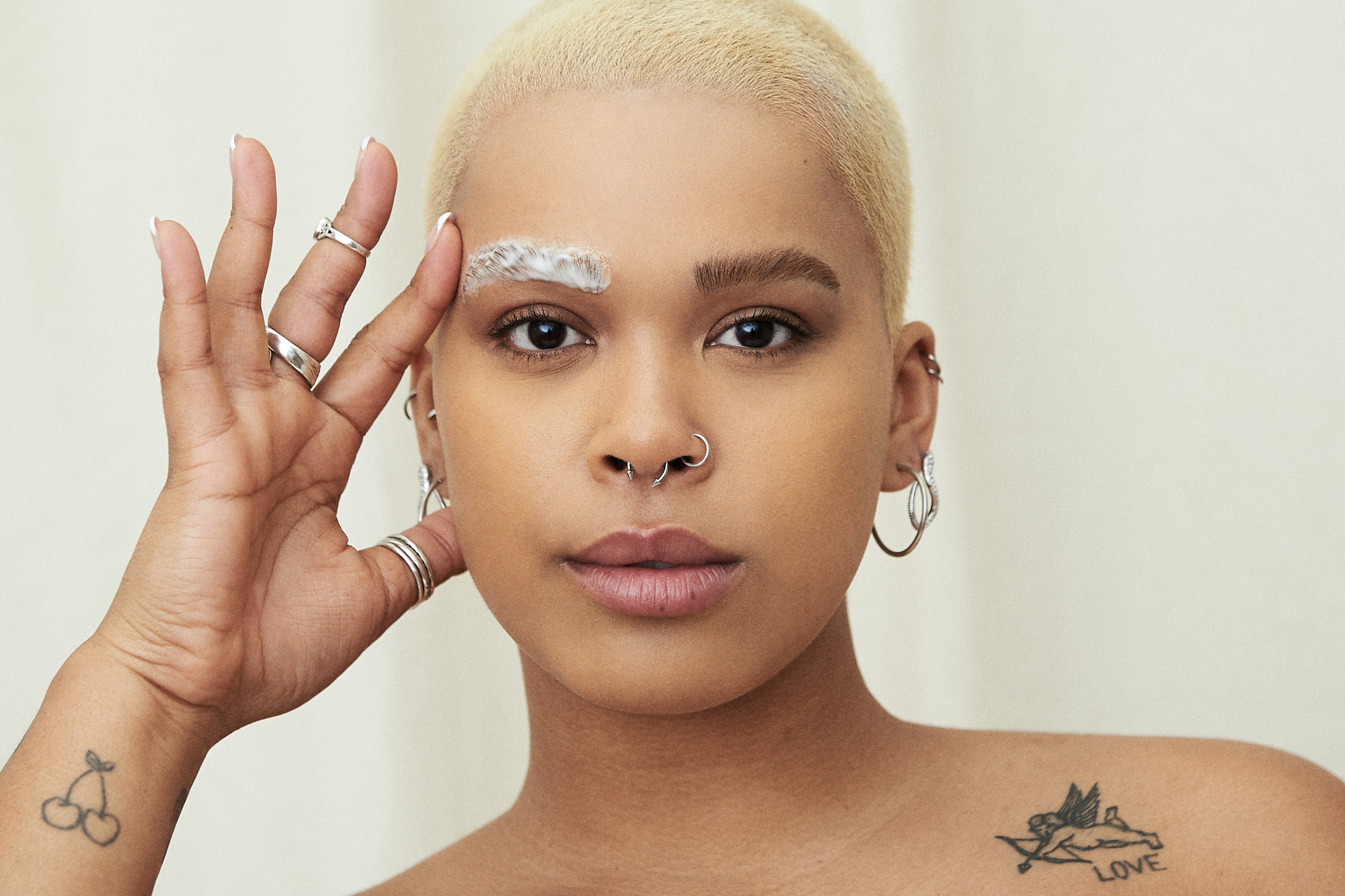
Myth 5: Lidocaine, tetracaine, prilocaine, and benzocaine all work the same way.
While it's true these caines are all numbing agents, each type has its distinctive qualities. “They all vastly differ in the strength of numbing, speed of numbing and toxicity.” From Lalani’s experience, he believes there is a clear winner on all counts: “Lidocaine is the most widely used caine because of its strong numbing [properties], it works the quickest and is the least toxic out of all of them.”
Myth 6: Topical anaesthetics are not optimal to use before getting a tattoo.
In short: it all depends on the formula. Doing your research is so important on the topical anaesthetic market before getting a tattoo because selecting the wrong option could compromise the look of the tattoo and its healing process. Using suitable variations can save you a lot of pain and optimize your tattoo aftercare, too.
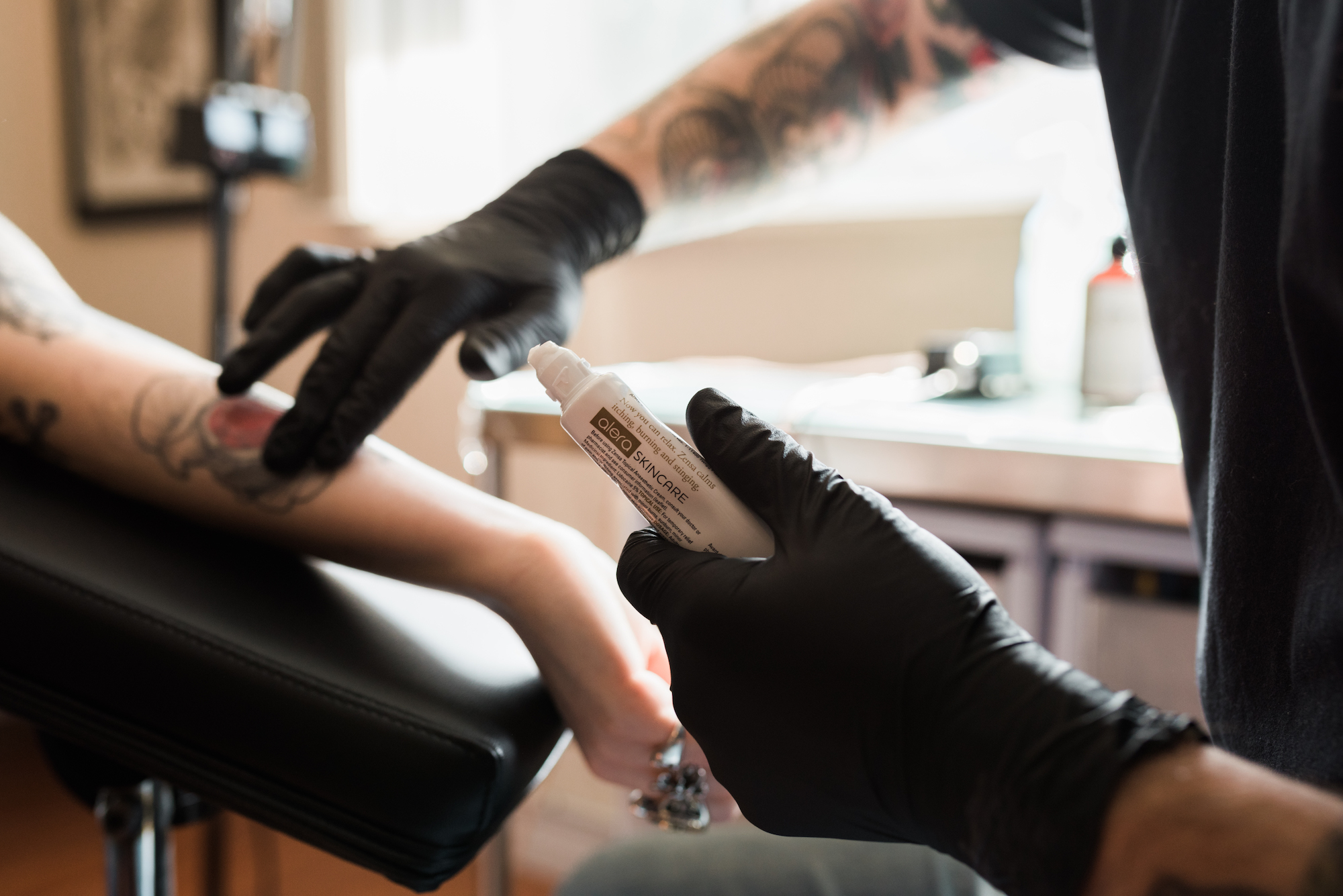
It is essential to understand the different numbing cream types available and how they each affect the skin. “Topical anaesthetics have gotten a bad rap in the tattoo market because so many topicals adversely affect the skin and cause poorer pigment retention and longer skin healing times, “ Lalani said. The main types of topical anaesthetic formulas on the market include oil-based (typically packaged as a gel or ointment) and water-based options (often sold as creams). Lalani shared why a water-based cream is the best option to apply before getting a tattoo. “Many topical anaesthetics on the market are oil-based or a gel or ointment, and these textures all tend to make the skin very ‘rubbery’ and ‘tough’ causing issues with the ink. These textures do this because skin cells will absorb the moisture from these textures more readily and cause plump bloated skin cells, thus giving that ‘leathery’ feel.” He goes on to explain how using these formulas can cause poorer pigment retention and longer skin healing times.
A water-based cream will keep the skin integrity intact, allow for ideal tattooing and healing conditions.
You will also want to consider a topical numbing cream’s pH level, the amount of filler ingredients and which caine type is used in the product, as all these factors affect your tattoo results. Lalani warns against selecting products containing prilocaine and tetracaine. Both of these caines are known to disrupt skin healing during the tattoo recovery process.
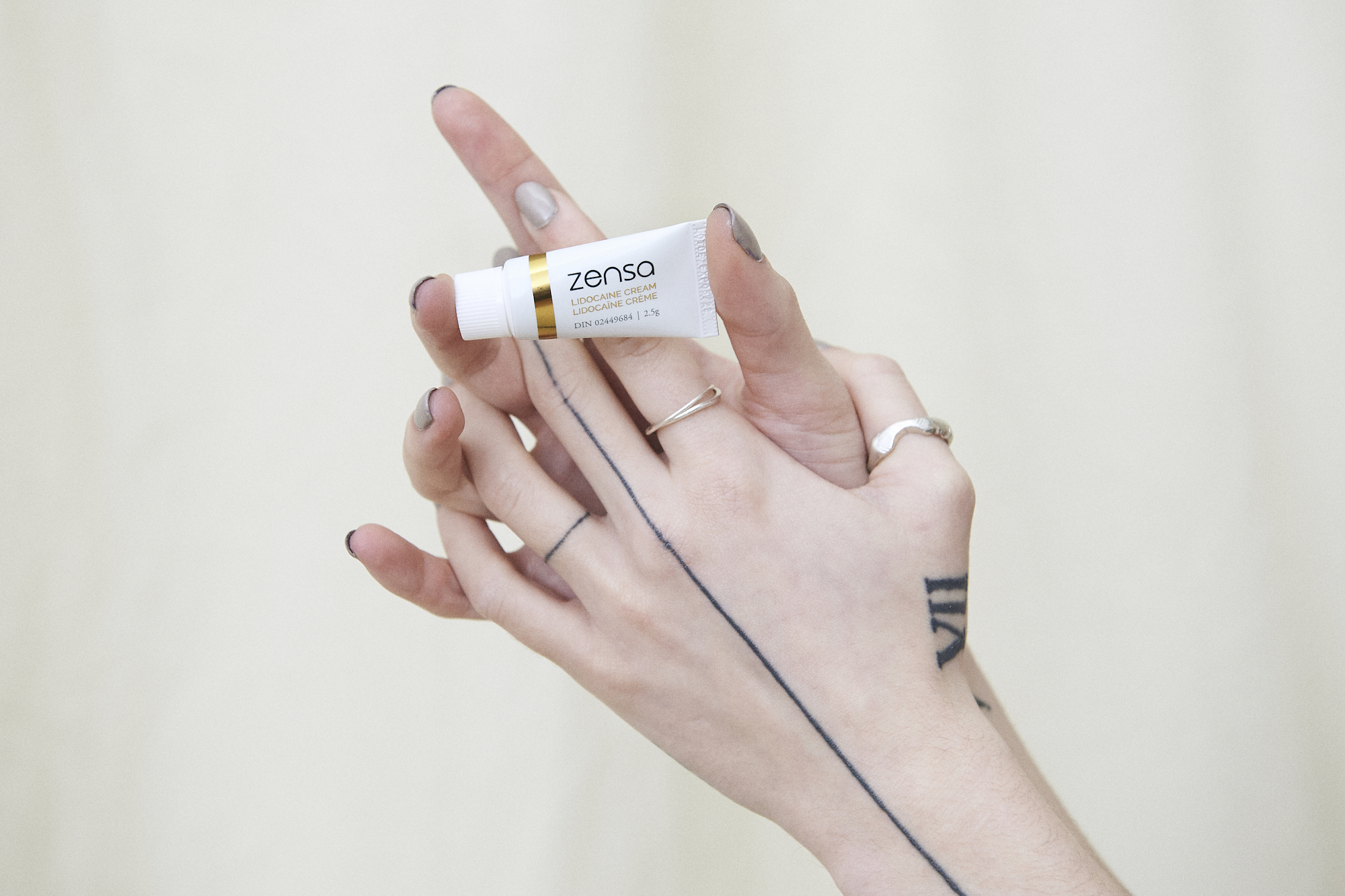
A neutral pH (like water) is a 7.0. Any substance that deviates from this baseline, whether under 7.0 (acidic) or above 7.0 (basic), causes a reaction on the skin. The further that a product deviates from this baseline, the more intense and likely the product is to irritate your skin. Zensa Numbing Cream is the closest on the market to our baseline pH and, therefore, is the least likely to cause adverse skin reactions.
This biochemical characteristic of Zensa Numbing Cream makes it highly suitable for permanent makeup treatments, especially permanent eye makeup procedures that require gentle yet effective care.
Myth 7: There’s no advantage to covering your topical anaesthetic.
Truthfully, it depends on the type of topical anaesthetic you choose. It’s true that there’s a lesser advantage to covering an oil-based topical anaesthetic than covering a water-based option. Covering a water-based cream, such as Zensa Numbing Cream, leads to a 300% to 500% higher absorption rate. While oil-based creams still are best to cover, the results aren’t as significant as when covering a water-based cream.
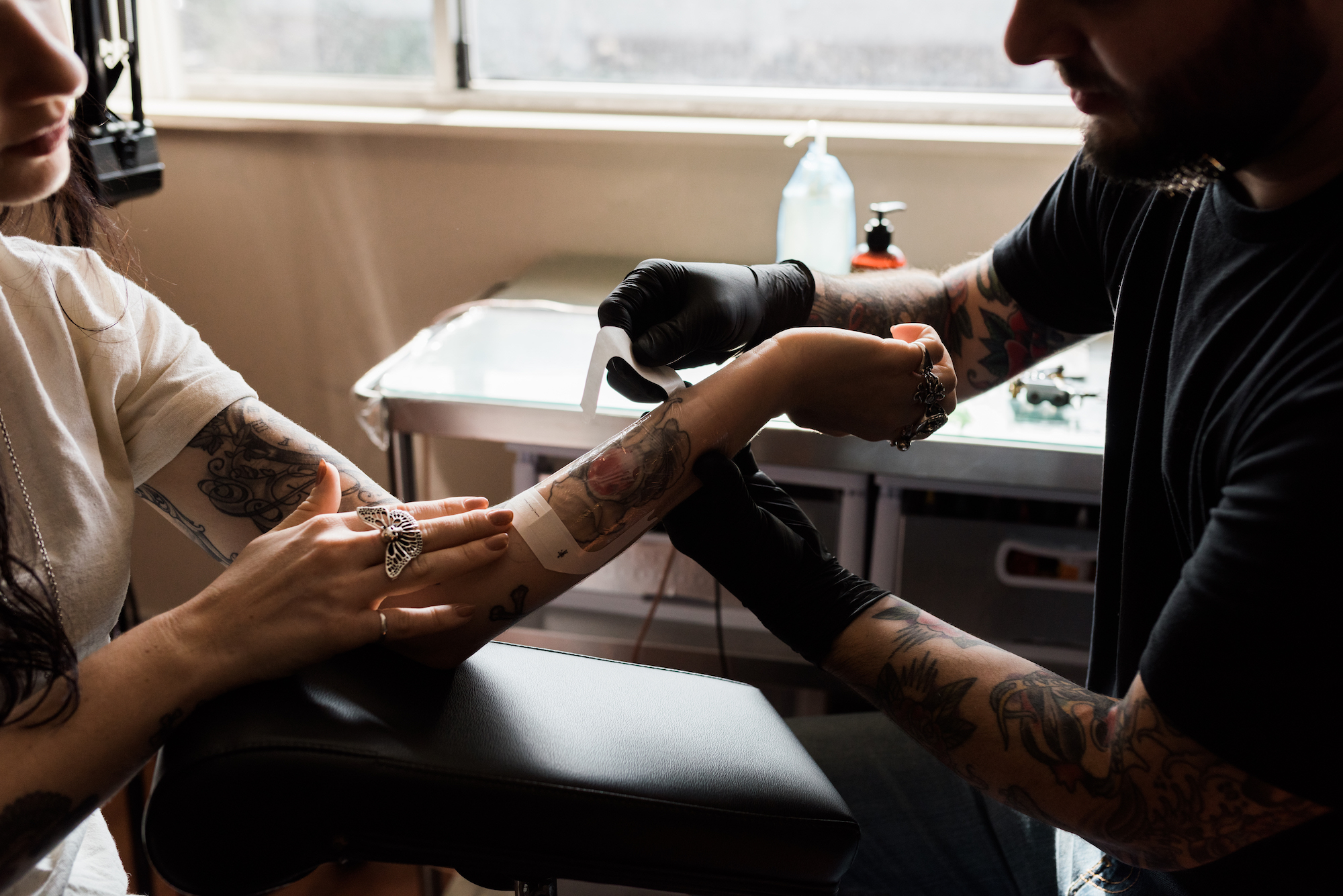
Lalani explains why this belief is logical yet misunderstood. He shared how people are used to covering gel and oil-based creams and don’t see much of a difference. So, they don’t understand how effective occlusion (another word for covering) can be when applying a water-based topical anaesthetic.
Gels and ointments already have a highly viscous texture and provide a natural covering, given their thick formula. Water-based creams have a considerably thinner texture and tend to dry out more quickly. Therefore, covering the skin ensures the cream won’t dry out and heats the skin slightly to open the pores. This process forces the lidocaine molecules to move downwards into the top layer of the skin to increase the product’s absorption levels.
Myth 8: Cleaning the skin before applying a topical anaesthetic makes no difference.
According to Lalani, everyone should know that this belief could not be further from the truth. “Cleaning and exfoliating the skin before applying a topical anaesthetic is one of the most effective things you can do to help out the absorption of your topical anaesthetic,” he emphasized. Because the epidermis (the top layer of the skin) is the toughest layer for a topical cream to absorb through, removing its outer layer through exfoliation greatly enhances its absorption capability.”
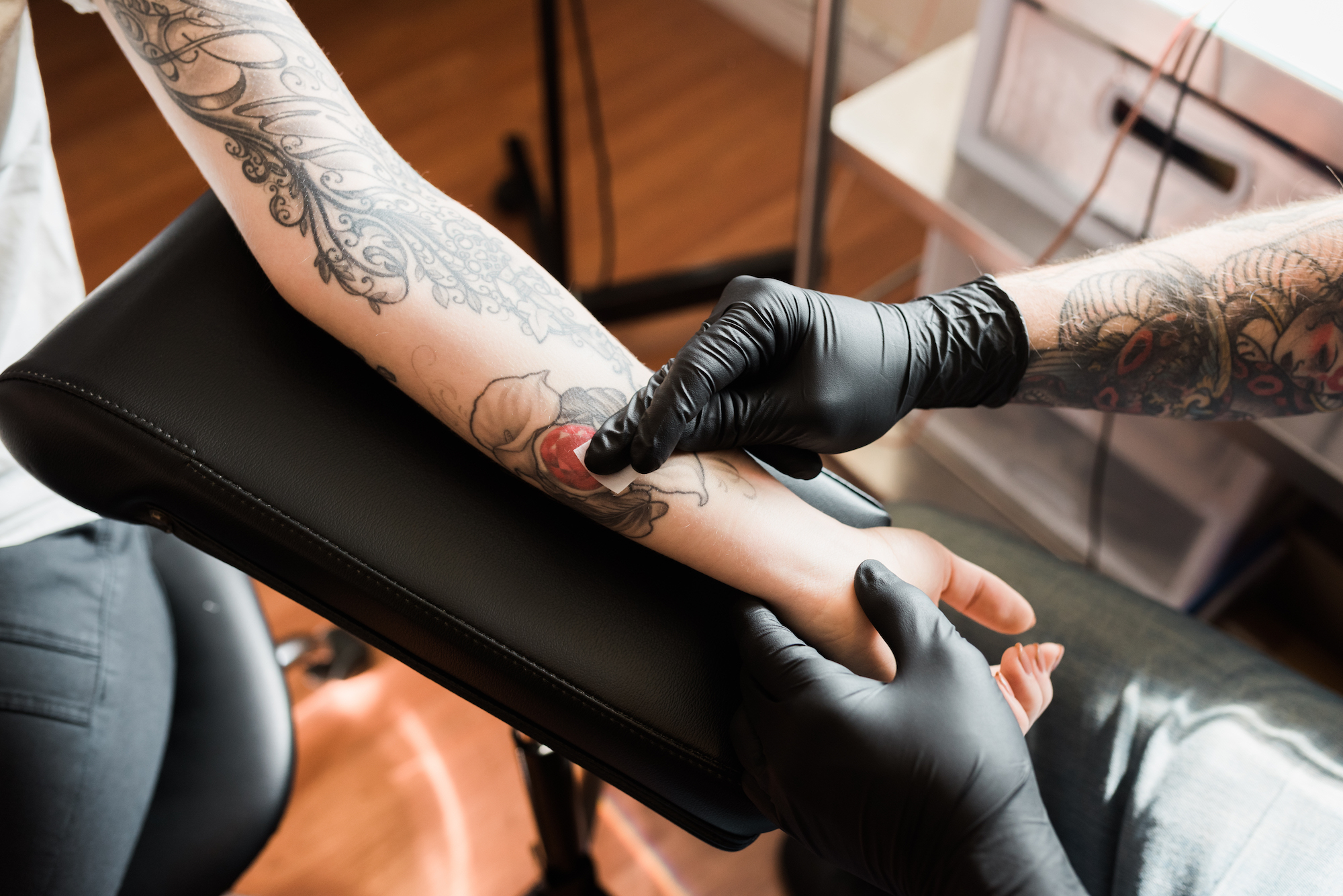
Make sure to thoroughly wash the area with fragrance-free skincare products and exfoliate before your appointment. Depending on the service, follow your technician’s guidelines on how soon you should be exfoliating before your session. For hair removal or microblading procedures, exfoliate before the 48- 72-hour window ahead of your appointment.
Myth 9: It is illegal to sell topical anaesthetic to my clients.
False. Yes, regulated topical anaesthetics are legal to sell to your clients. Just make sure that the topical anaesthetic you’re purchasing has a Drug Identification Number (DIN) in Canada or a National Product Number (NPN) in the U.S.
